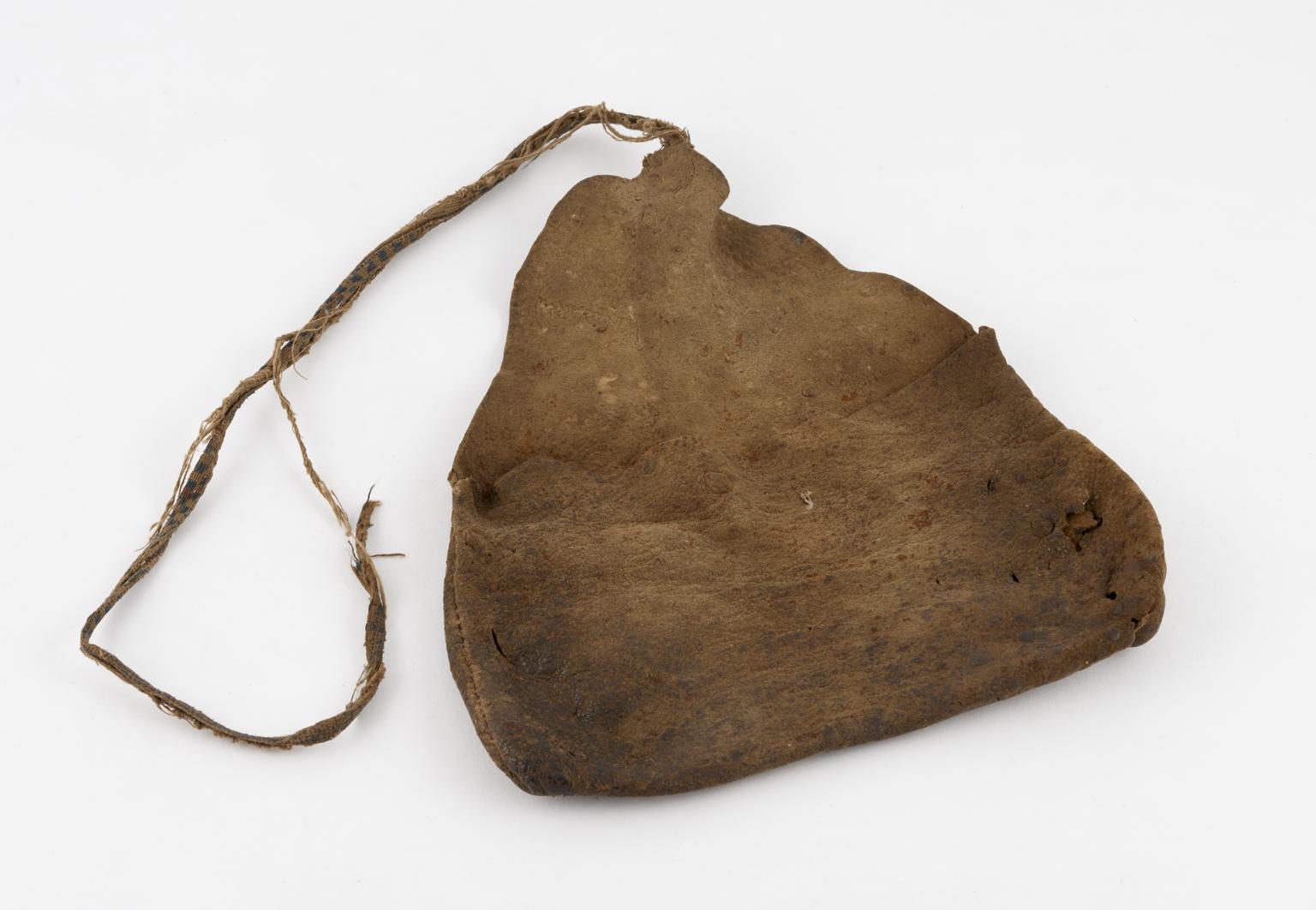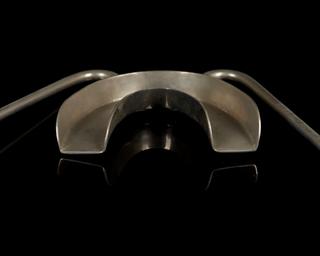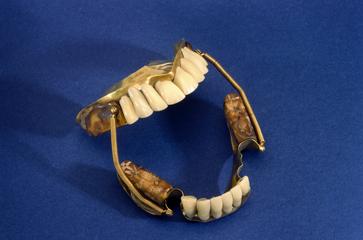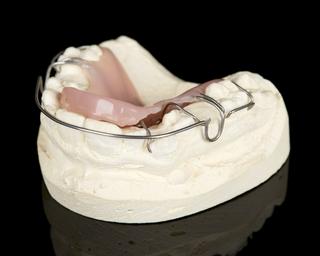
Dental key from set of blacksmith's dental instruments
Dental key from set of three blacksmith's dental instruments, reputedly from Swinford, Leicestershire, 1800-1850
More
Dental keys or tooth keys were introduced in 1730 and became the instrument of choice for tooth pulling from the 1770s onwards. The claw was placed over the top of the tooth and the bolster, the long metal rod to which the claw is attached, was placed against the root of the tooth. The instrument was then turned in much the same way that one would turn a key to open a lock. Undoubtedly this was painful for the patient and could cause much damage to the remaining teeth. It is believed that these instruments were made and owned by a blacksmith in Leicestershire, England.
Tooth pulling was carried out by a number of people, including barber-surgeons, travelling practitioners and blacksmiths. Dentistry did not become a regulated and licensed profession until the late 1800s.
- Materials:
- iron
- Object Number:
- A63484/1
- type:
- dental instrument
- Image ©
- The Board of Trustees of the Science Museum







